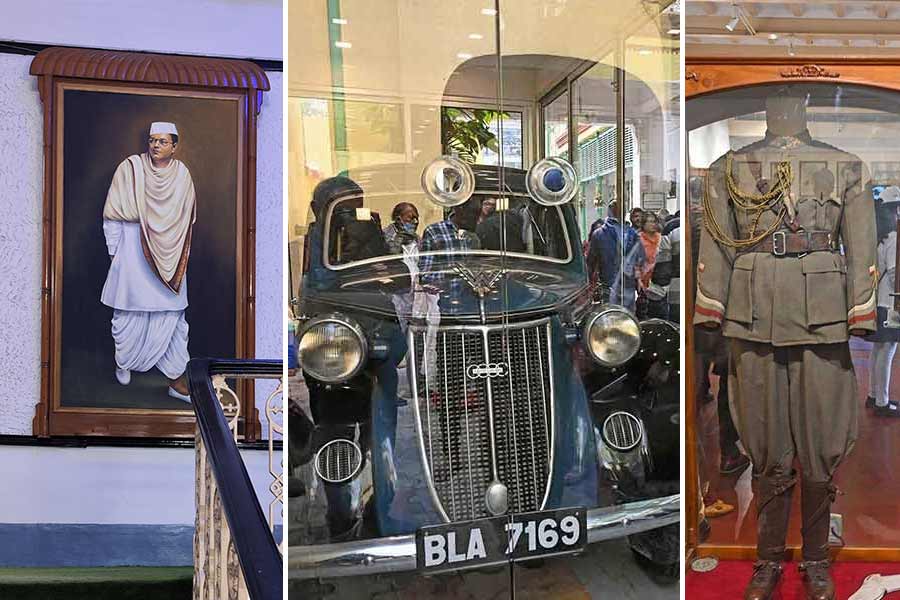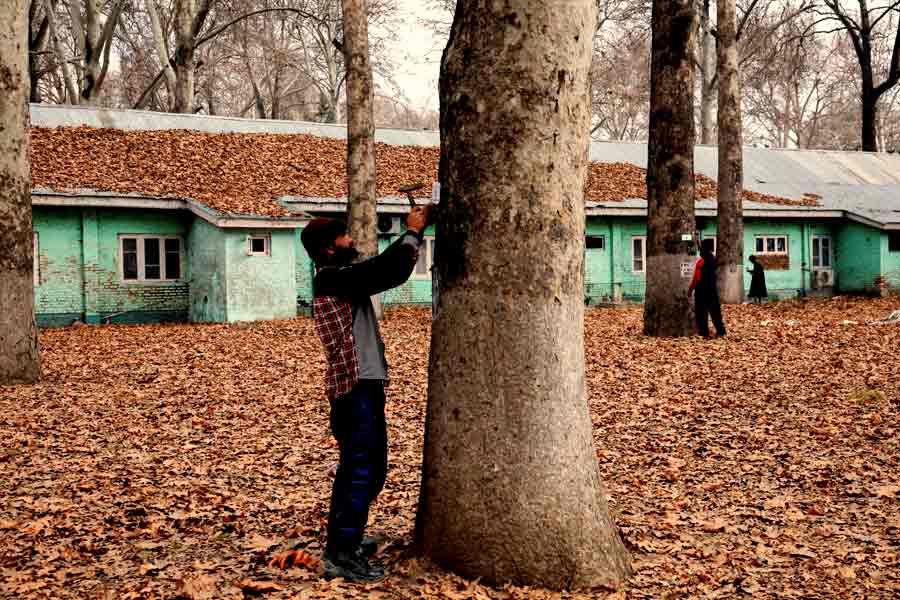 Wednesday, 22 January 2025
Wednesday, 22 January 2025
 Wednesday, 22 January 2025
Wednesday, 22 January 2025
On November 9, it will be 35 years since the fall of the Berlin Wall. It was a moment in history that transformed the city both geopolitically and culturally.
The decade that followed had a defining influence on the way Berlin was perceived by the rest of the world.
And it's the subject of a photography exhibition at the Berlin's C/O Gallery, timed to coincide with the 35th anniversary.
Titled "Dream On — Berlin, the '90s," the show is a selection of works by members of the Ostkreuz photographic agency, established in 1990 and modeled after the legendary Magnum agency.
The photos on display span the period from November 9, 1989 to 2002, and reflect aspects from the euphoria of that momentous night to skepticism of the changes that followed; from street battles between police and squatters taking advantage of empty apartment buildings with unclear ownership, to scenes from the nascent techno scene; from politicians and businessmen assessing the city's newly-opened investment opportunities to portraits of the workers who built the structures they commissioned.
This decade was when much of the current popular mythology about Berlin as a place for creativity, experimentation and innovation was born. The city became the global home of techno — and endless parties.
But it was also a period of massive change ,as an entire country and its political system were subsumed into another one.
People's lives were turned upside-down. And where some saw the empty spaces left by that upheaval as room for self-expression and re-invention, others saw them as investment opportunities.
Whose city is it?
What has followed is a constant tug-of-war over who gets to determine what the city is.
Currently, Berlin is the second most expensive city in Germany. Some observers say it has fallen victim to its own hype, as investors cash in on the bohemian cachet, inevitably destroying the factors that birthed that atmosphere in the first place. As keenly felt as those tensions are currently, they started to emerge immediately in the aftermath of the fall of the Berlin Wall, as illustrated in this exhibition.
Cross-generational perspectives
It was co-curated by C/O curator Boaz Levin, who was born in Israel in 1989, and Annette Hauschild, a photographer and Ostkreuz member who moved to Berlin from what was West Germany before the Wall fell. That difference in experiences with the city was crucial during the selection process, says Hauschild. "The topic of the '90s is really popular with very young people, the generation that had just been born back then, and we have to show that time in a way that's understandable. Boaz responded to very different photos than I did," Hauschild told DW. One of their selection's highlights, she adds, are photos of early hacker gatherings, with now-obsolete computer equipment that many young people these days find fascinating.
Along with 1990s technology, the era's techno music scene is also of interest to younger generations. Hauschild quickly established herself as a chronicler of it, taking photos for local magazines. Her shot of ravers at the second-ever Love Parade in 1990, a street party disguised as a demonstration that became a hugely popular event, is one of two key visuals used in promotion for the exhibition. Behind the dancers is a West Berlin building covered in scaffolding, a reminder that the post-Wall reinvention took place in both parts of the formerly divided city.
A showpiece of a squat
But it's true that the bulk of the reinvention was in the former East. Among the most famous projects to emerge from the vacuum left by the fall of socialism was Kunsthaus Tacheles, an empty, crumbling former department store squatted by artists who filled it with studios and exhibition spaces, a cinema and a bar that also hosted live music performances.
As Hauschild describes it, "Tacheles was the showpiece of a squat, from which a lot of culture simply emanated, in all possible directions, and above all a culture that didn't need money. Money was almost a bit frowned upon. If someone made it commercially or sold their work expensively or was commercial, they weren't really considered that good anymore."
That's in sharp contrast to the location's current incarnation, where commercial interests have triumphed. It's been developed into a block with office space, luxury apartments, chain stores and — something that almost seems mockingly perverse given the site's recent history — an outpost of the privately-owned Swedish photographic center Fotografiska.
A sceptical gaze
The exhibition aims to be more than an exercise in '90s nostalgia. Hauschild says she and Levin were keen to "deconstruct the Berlin legend, which is somehow too simple. Because this image of the party city, which it perhaps once was, with all the open spaces, maybe helps with tourism and marketing, but what's happened in the meantime is that the city is simply no longer accessible to everyone."
To illustrate that tension, she points to two photos taken in 1994 by Harald Hauswald, hung opposite each other in the final gallery of the exhibition. In one, men in suits are seen from behind as they stand atop a platform looking east towards the construction site at Potsdamer Platz at a skyline dominated by construction cranes. Across from them, a group of teenagers stand in front of construction site containers and building cranes, also on Potsdamer Platz, facing the camera and looking west with skeptical, guarded expressions.
That caution, the exhibition suggests, was warranted.







